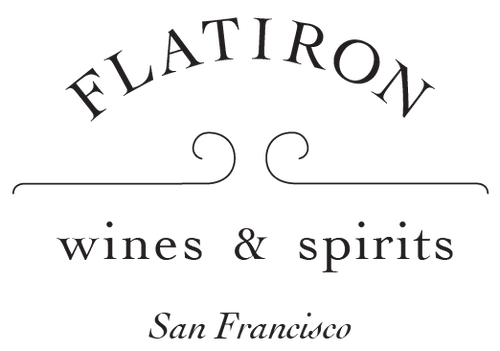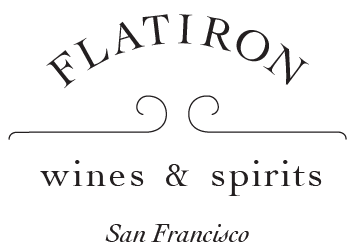
Roagna: The Barbera Equivalent of Barolo
Why is Luca Roagna releasing his 2018 Barbera now, 6 years later in 2024? For a simple reason: he treats his Barbara exactly as he does his incredibly prized old vines Barolos and Barbarescos.
Roagna distinguishes himself with an obsessive approach to farming and wine-making that mixes rigorous adherence to tradition, single-vineyard bottlings, and macerations that are likely the very longest in Piedmont (up to 100 days!). The wines are full-on, dazzling and powerful, and yet carefully nuanced by their respective terroirs.
Roagna does not dial himself down when he turns to Barbera. Considered a “little grape” by wine people (and therefore lumped in with all the other non-Nebbiolo wines of Piedmont) – AKA as a wine that the locals of Piedmont actually drink – Roagna treats it in a not-so-little fashion.
He’s got the right material. His Barbera comes from Pira, in the heart of the Barolo village of Castiglione. The soils have the same mix of limestone, sand and clay that produce some of Italy’s greatest wines.
In the cellar, his Barbera gets full Barolo treatment. Macerations are as long as 60 days! And he ages the Barbera in giant casks for five years – longer than is legally required even for Barolo.
Barbera is capable of medium-term aging, and it’s a pleasure to be able to prove it once and a while. Do try this delicious example.
Roagna Barbera d'Alba 2018- $48.99
"The 2018 Barbera d'Alba all from Pira, is a very pretty, aromatic wine. In this vintage, the Barbera is a bit more floral and savory, but ess texturally intense than in many years, but that adds to its accessibility. Cedar, tobacco, dried herbs, autumn leaves and earthy notes linger." - Antonio Galloni, Vinous
|
This story was originally featured in our newsletter, where it was offered at a special subscribers-only discount. Subscribers get special offers, the first look at new discoveries, invites to events, and stories about wines and the artisans that make them. |

